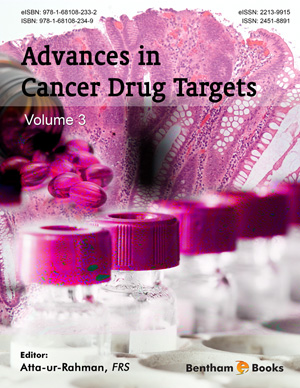Abstract
SHS investigation development is considered from the geographical and historical viewpoint. 3 stages are described. Within Stage 1 the work was carried out in the Department of the Institute of Chemical Physics in Chernogolovka where the scientific discovery had been made. At Stage 2 the interest to SHS arose in different cities and towns of the former USSR. Within Stage 3 SHS entered the international scene. Now SHS processes and products are being studied in more than 50 countries.
Abstract
Human neutrophil elastase (HNE), a main factor in the development of chronic obstructive pulmonary diseases, has been recently involved in non-small cell lung cancer progression. It can act at several levels (i) intracellularly, cleaving for instance the adaptor molecule insulin receptor substrate-1 (IRS-1) (ii) at the cell surface, hydrolyzing receptors as CD40 (iii) in the extracellular space, generating elastin fragments i.e. morphoelastokines which potently stimulate cancer cell invasiveness and angiogenesis.
Since decades, researchers identified natural compounds and/or synthesized agents which antagonize HNE activity that will be described in this review article. Some of these compounds might be of value as therapeutic agents in lung cancer.
However, it is now widely accepted that lung tumor invasion and metastasis involve proteolytic cascades. Accordingly, we will here mainly focus our attention to natural substances able to display a dual inhibitory capacity (i.e. lipids and derivatives, phenolics) towards HNE and matrix metalloproteinases (MMPs), particularly MMP-2. To that purpose, we had synthesized substances named “LipoGalardin” exhibiting such inhibitory bifunctionality. At last, we will propose an original synthetic scheme for designing a potent biheaded HNE/MMP-2 inhibitor.
Keywords:
Bifunctionality, Caffeic acid phenethyl ester (CAPE), (Dual) inhibitors, Elafin, Elastokines, (-)-Epigallocatechin-3-gallate (EGCG), Flexible docking, Lipogalardin, Lung cancer, Molecular modelling, Neutrophil Elastase, (Potent) angiogenic molecules, Potent biheaded lnhibitor, (Potent) chemiotactic activity.
Recommended Chapters
We recommend

Authors:Bentham Science Books


 Download PDF Flyer
Download PDF Flyer



